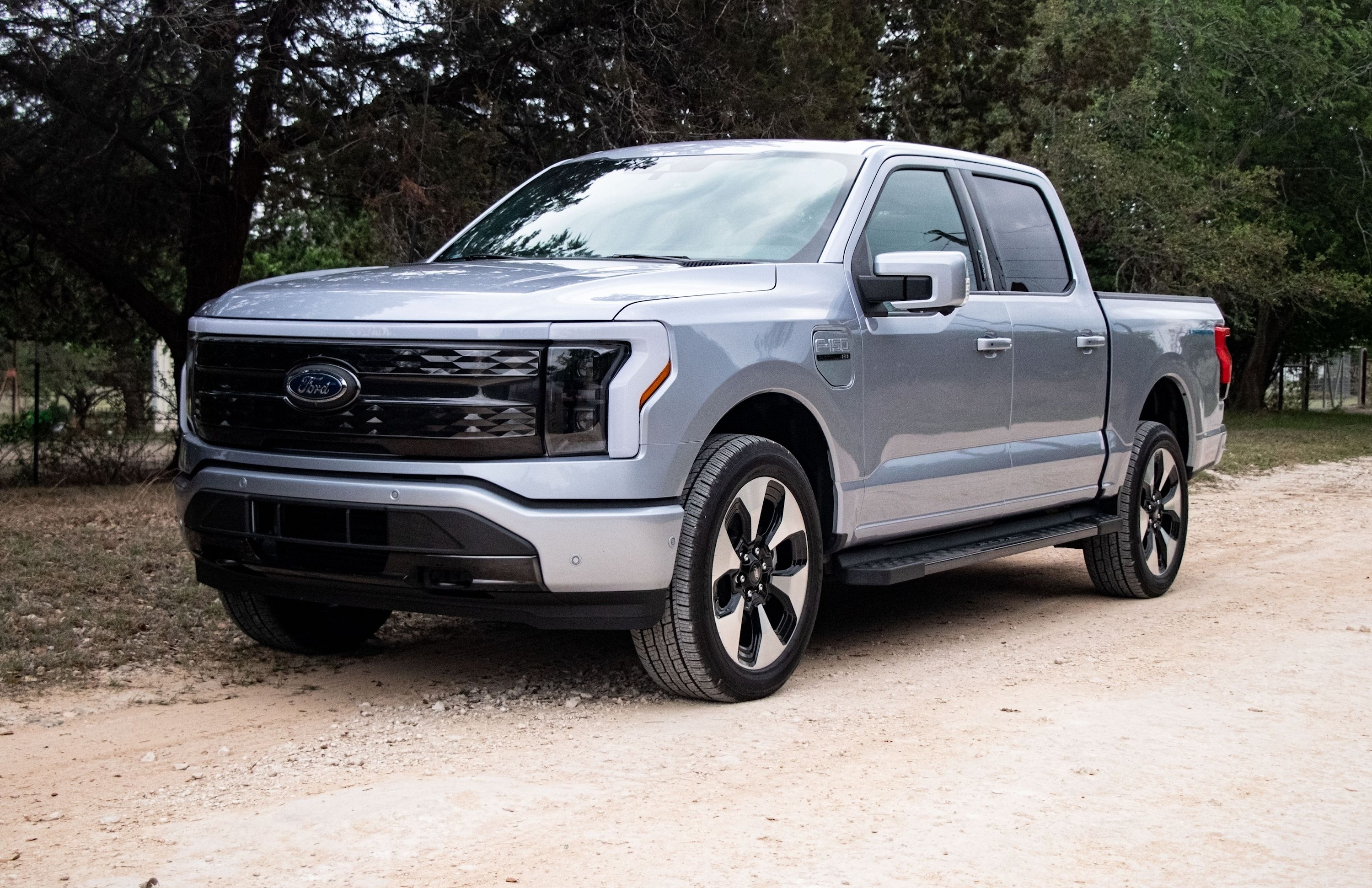
With Ford F-150 Lightning deliveries well along the way, owners in the US and Canada are about to face their first winter driving the all-electric full-size pickup truck. Obstacles like snow and ice aren't the problem but rather extreme cold temperatures.
One of the many concerns EV and non-EV owners have is battery energy depletion in cold weather due to battery cell chemistry. Once outside temperatures dip below 40 degrees Fahrenheit, the electrolyte fluid becomes " sluggish, " as Ford describes it, "sluggish." This ultimately limits the available power and how quickly the battery can recharge.
Ford was well aware of this reality during the F-150 Lightning's grueling test period and ensured the truck's batteries were designed to handle extreme cold and heat, the latter up to 140 degrees Fahrenheit.
But winter is the priority now, and Ford has released several tips for F-150 Lightning owners to help them maximize vehicle range.
First and foremost, park the vehicle in a garage whenever possible and ensure it's plugged in when parked. For those who have long commutes, Ford suggests preconditioning the truck using departure times to keep the battery warm when plugged in by utilizing the FordPass app or the truck's center screen.
Using the heated seats and steering wheel as primary heat is also beneficial to cut back on energy consumed by the HVAC system.
Owners should also be sure to turn off the heater when charging or, at the very least, lower the temperature to a comfortable level. This bit especially applies when using DC fast charging. Another solid tip is to brush snow off the truck before driving to eliminate unnecessary weight and drag. Keeping a moderate driving speed is recommended since high speeds require more energy.
Lastly - and this applies to every vehicle, EV or not - ensure the tires have proper pressure. Range reduction is expected in cold weather, so owners shouldn't panic when they see it happen.
The truck is operating just fine, but adjusting some parking and driving habits will help make up the difference.
